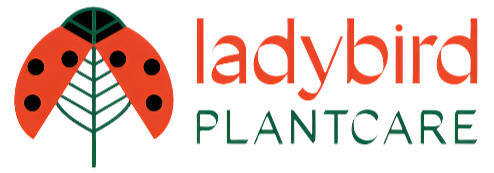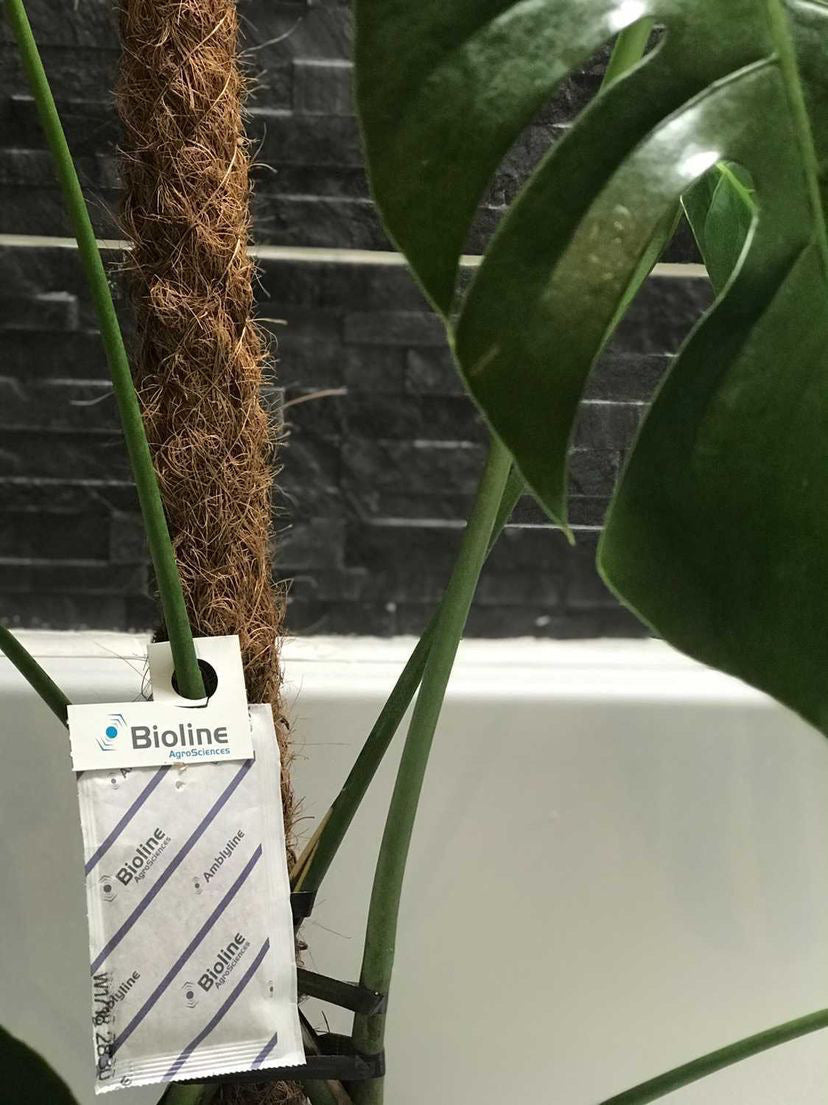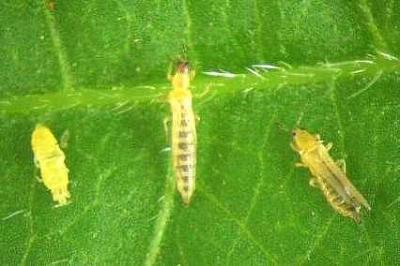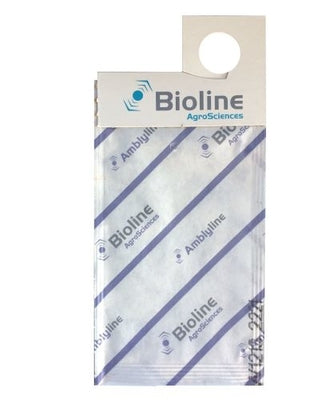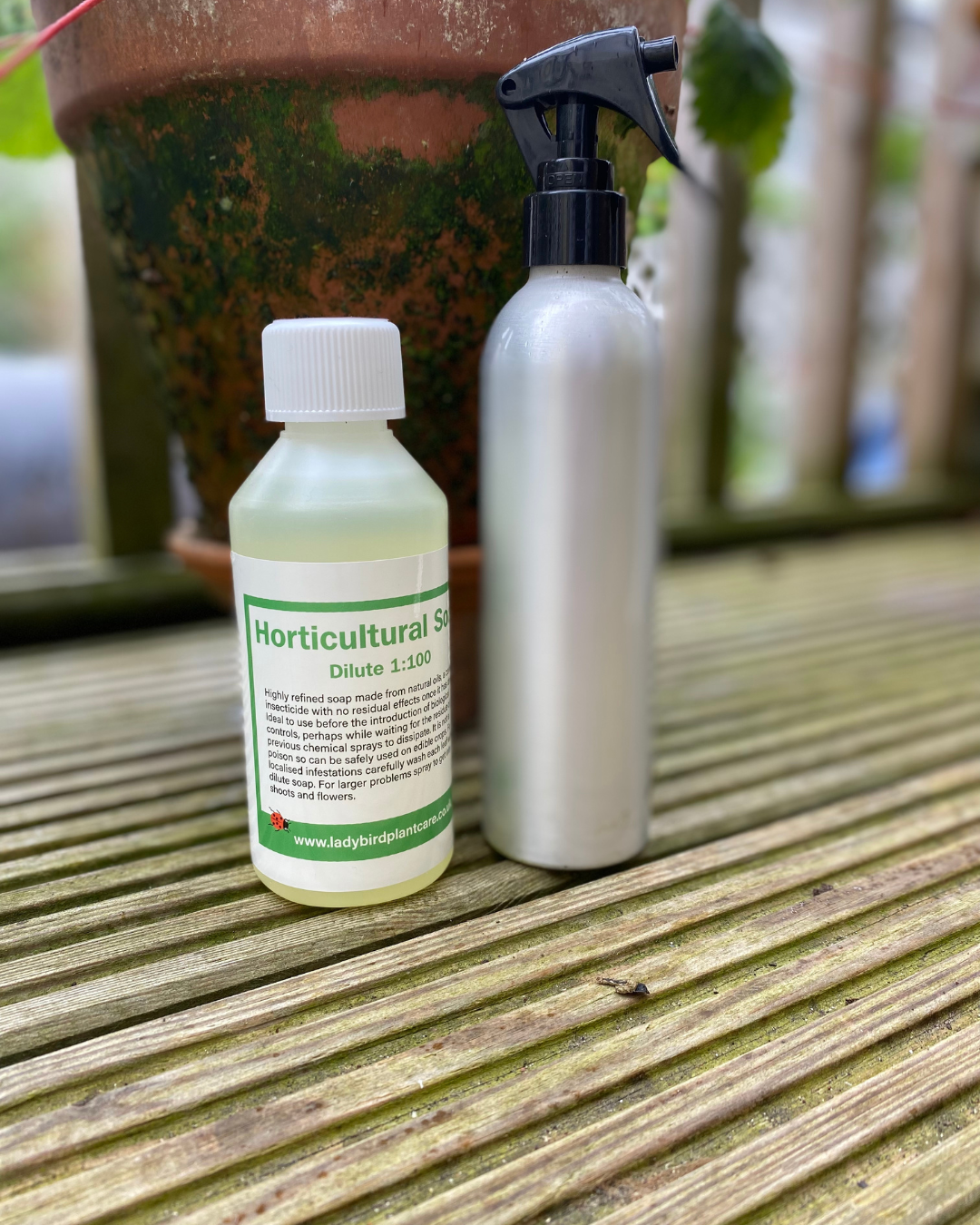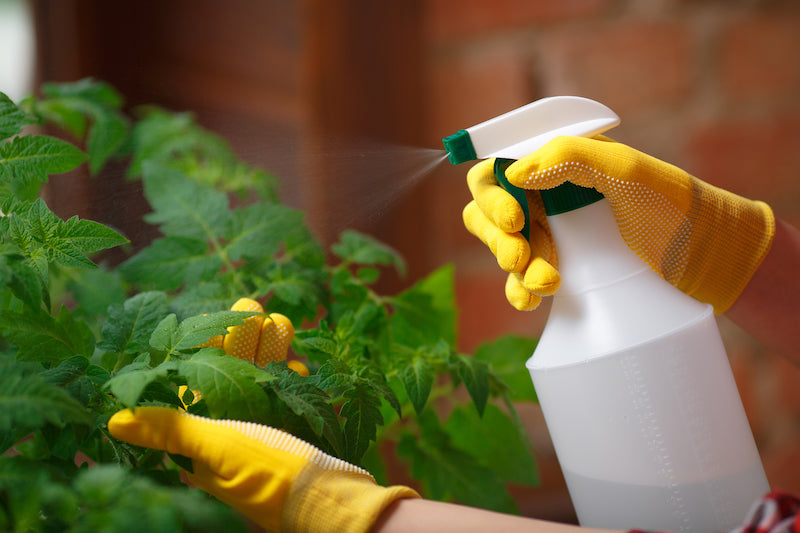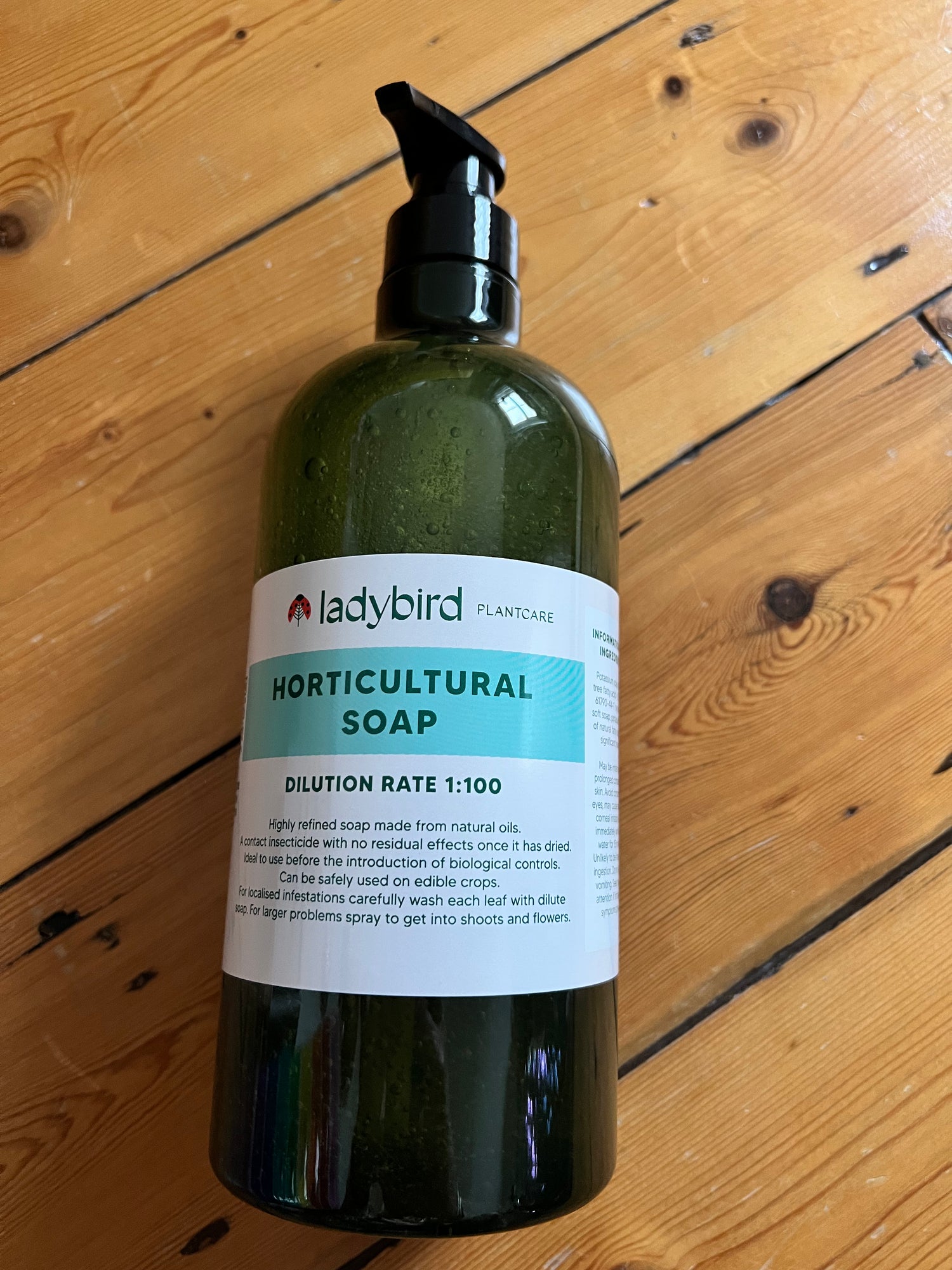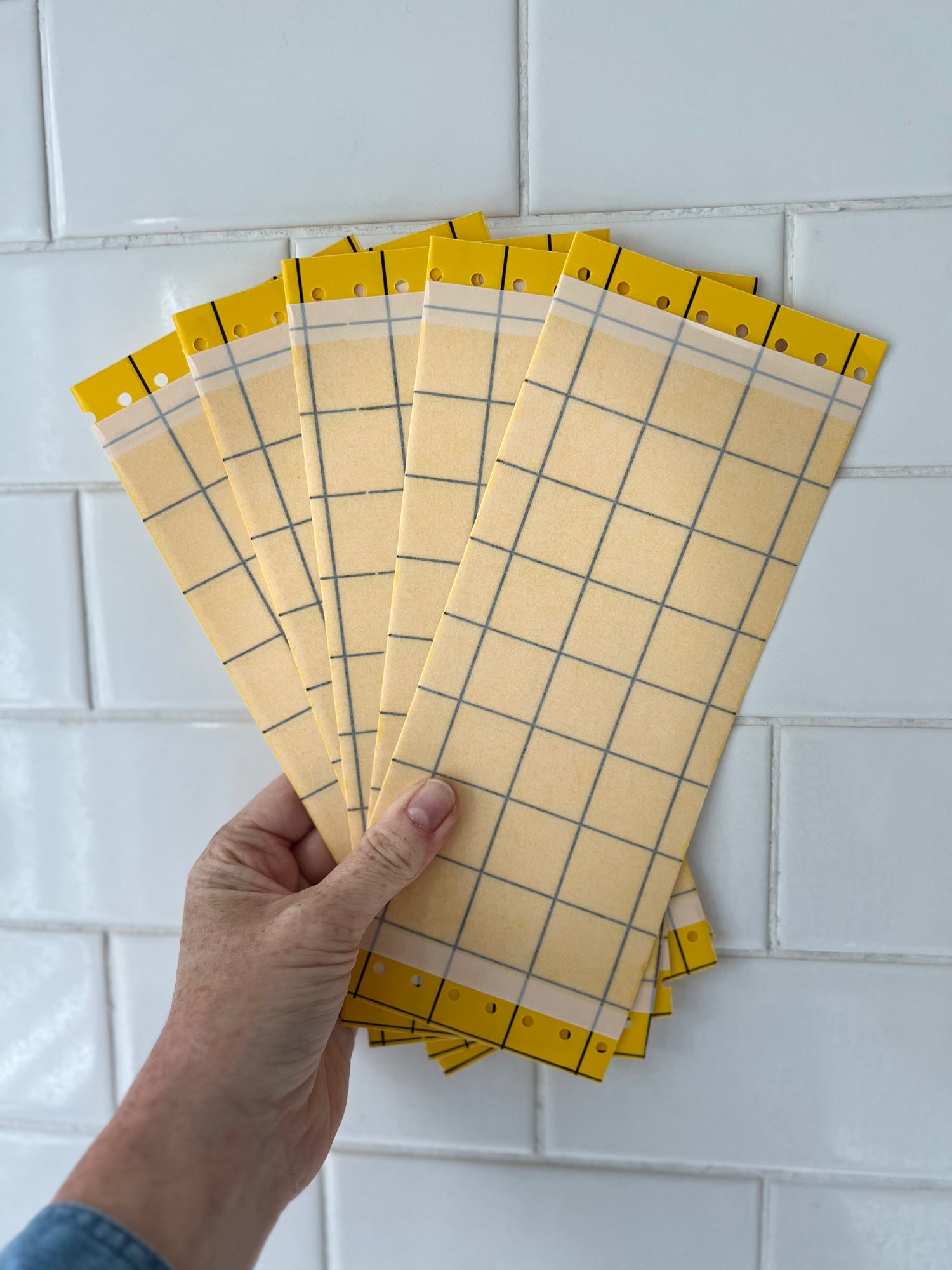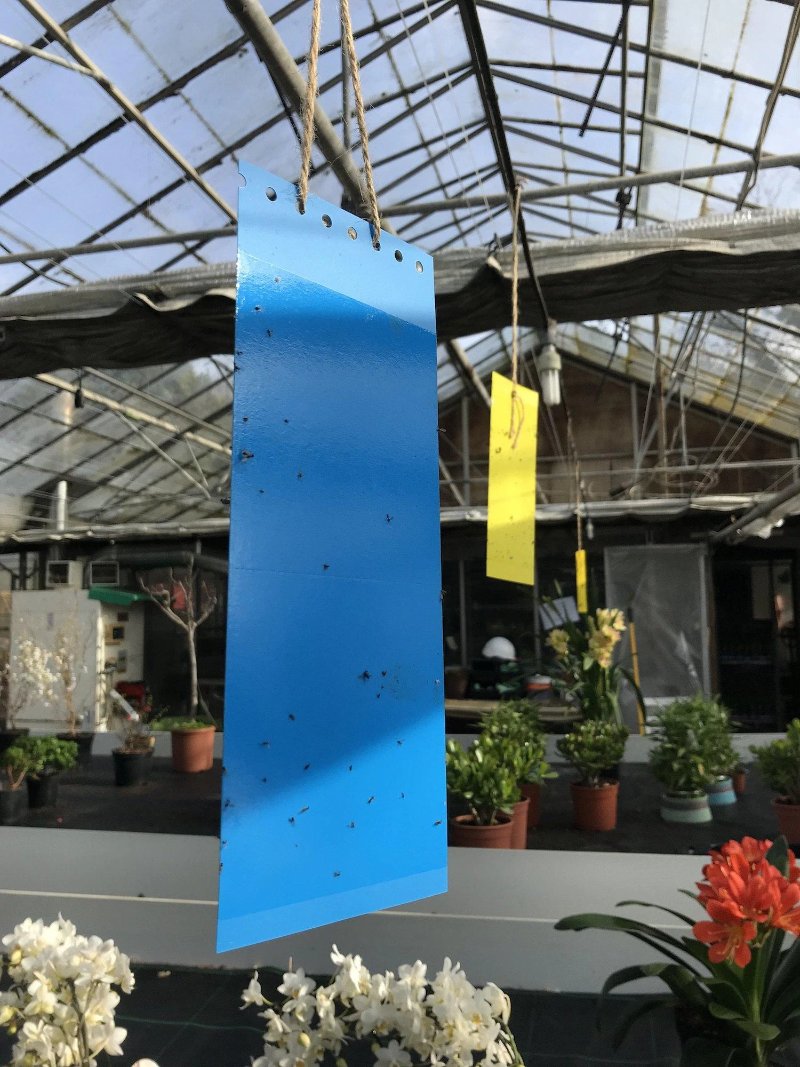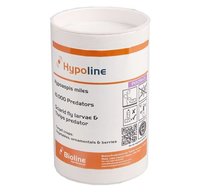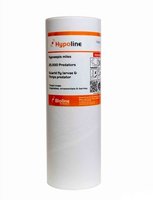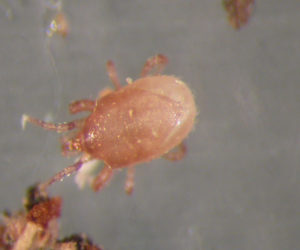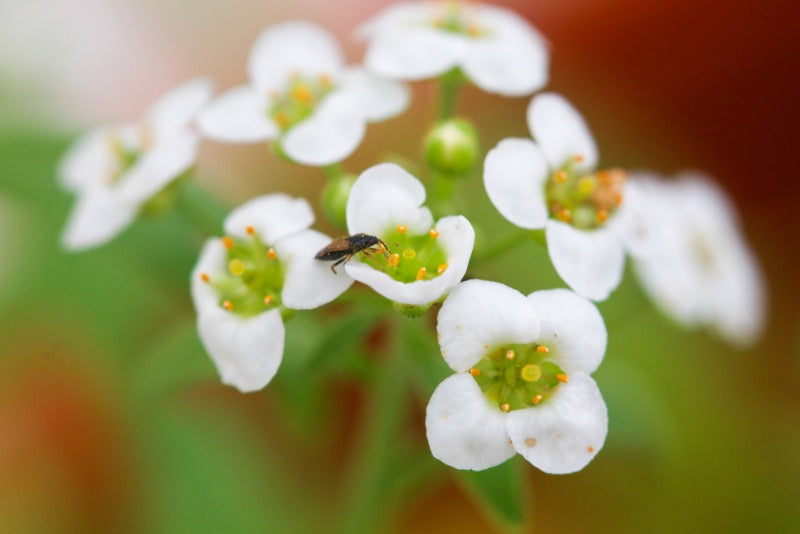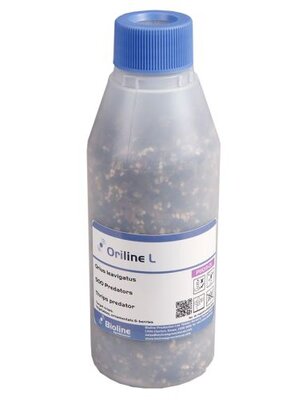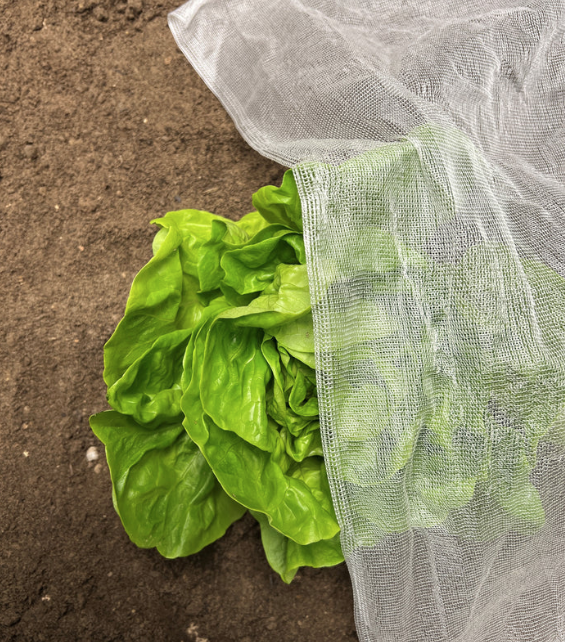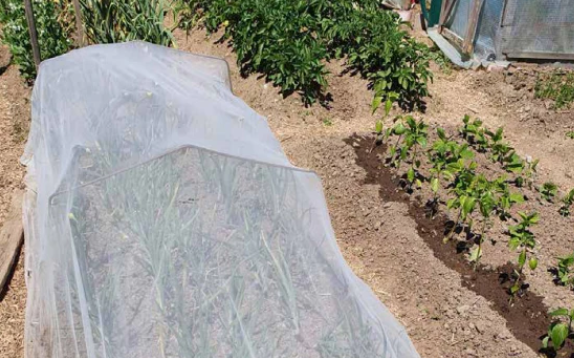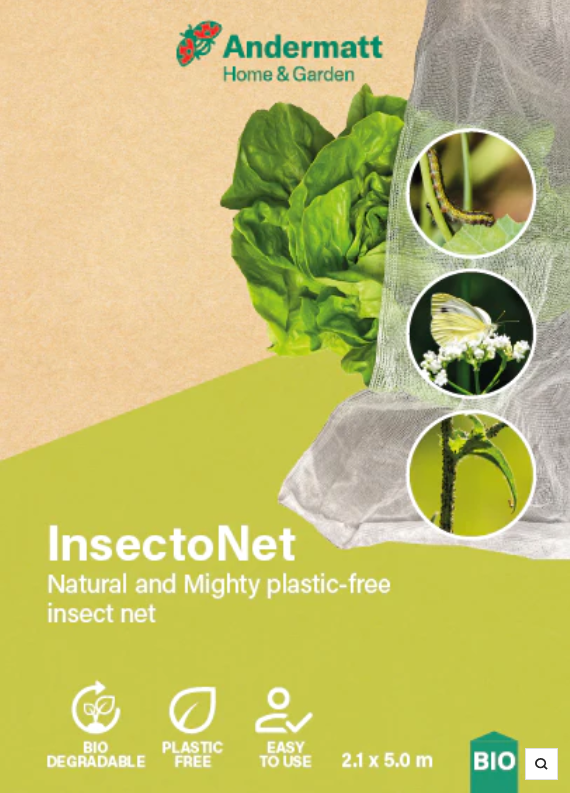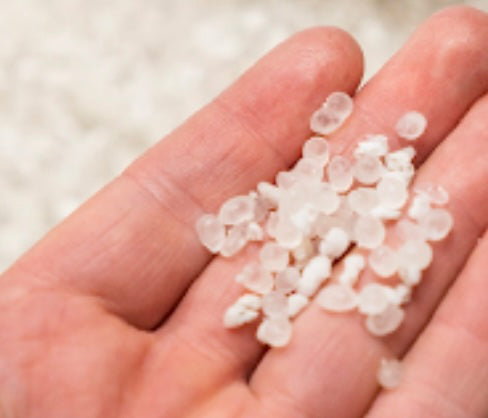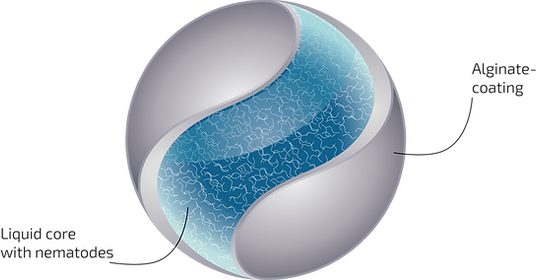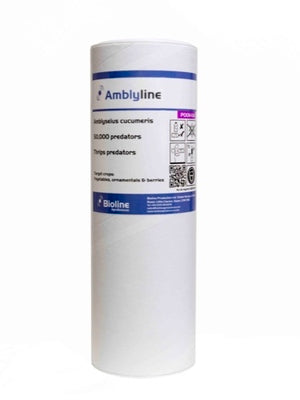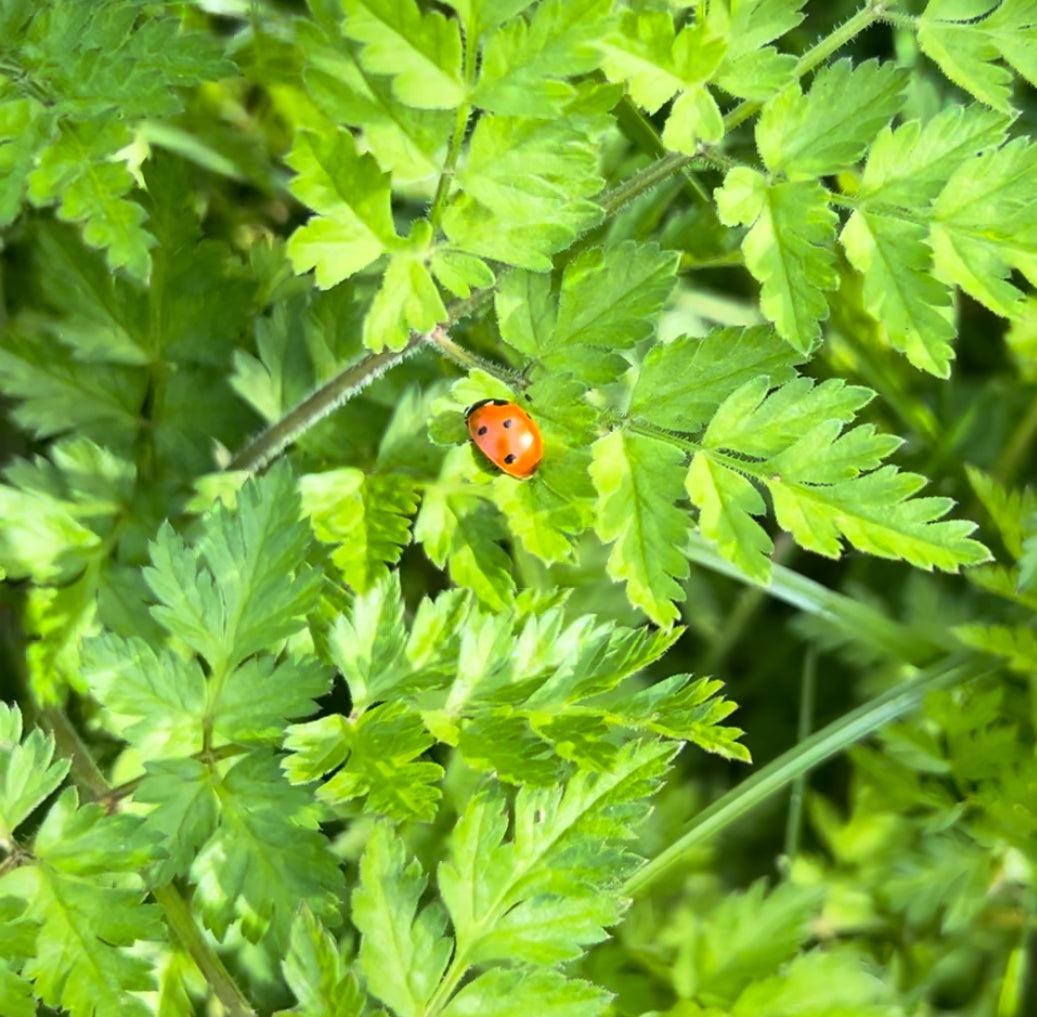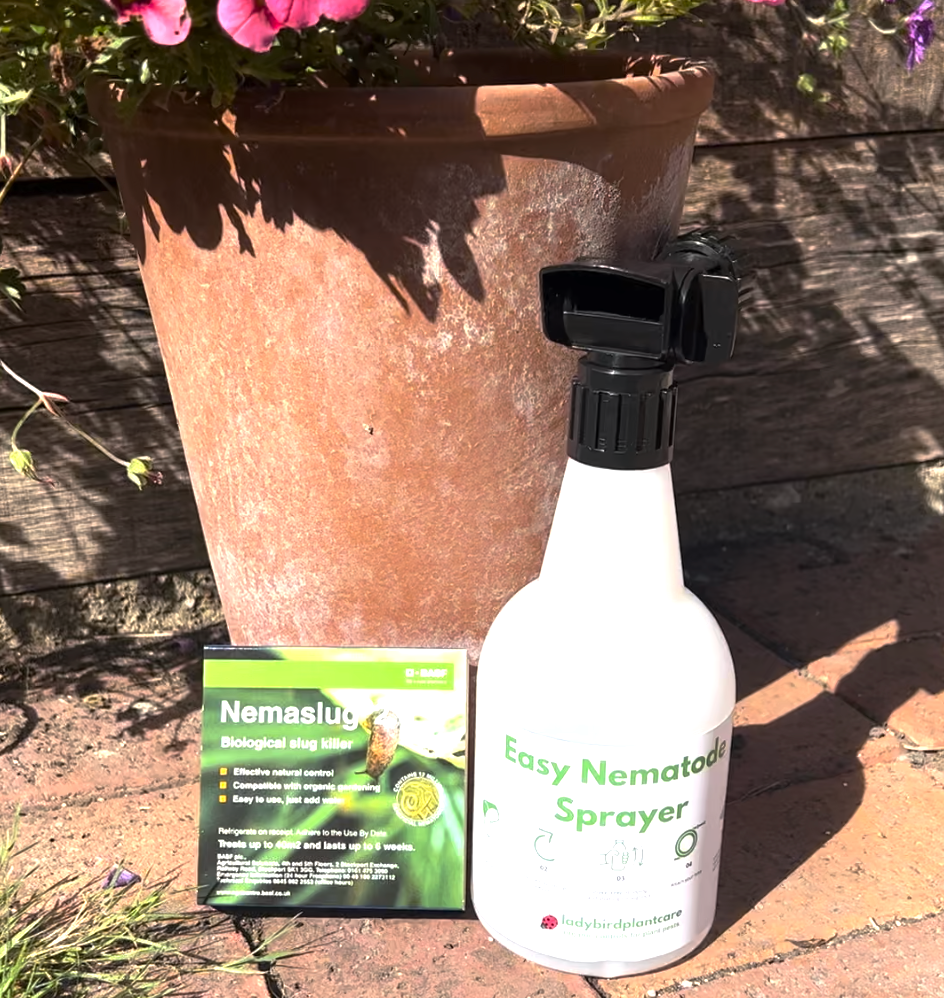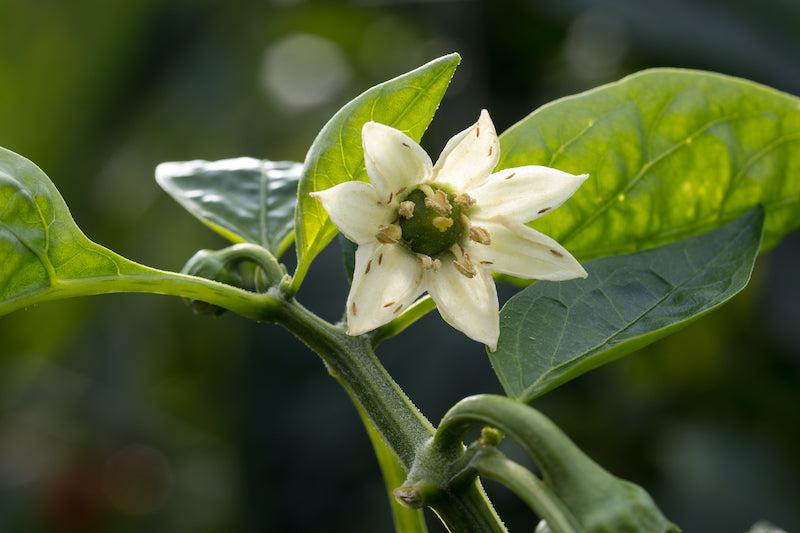THRIPS CONTROLS
Sort by:
9 products
9 products
Thrips Prevention - Thrips are very difficult to reach with chemical sprays but Amblyseius predator mites are small enough to find and eat them, release early as they control the first stages of the Thrips lifecycle.
These sachets contain a breeding colony of mites that crawl out slowly over a 4-6 week period and attack the larvae and pupae stages of Thrips. You can read the instructions for use HERE.
Inside the sachets can be used all year round and pose no risk to pets or humans.
Outside, for best results, introduce the Amblyseius in mid-May for frost-free glasshouses, or earlier where temperatures are constantly warm. Amblyseius will survive on pollen from flowers until the young thrips start to appear and provide them with a preferred diet, thus preventing an infestation from taking hold.
This product should be used in prevention of an outbreak so either around the time that you normally see Thrips or at the very first sign that they are present. If you already have a Thrips problem then please check out our other products for Thrips as you will need something that also controls the adult stage.
Traps are a great way to find out what pests are present on your plants and can trap a good quantity of flying and crawling pests.
Sold in packs of 5.
Sticky traps are a great way of monitoring and reducing pest numbers.
Yellow catch aphids, whitefly, leafminers, fungus gnats and more. The yellow trap are eco friendly card traps.
Blue traps are great for thrips.
Red traps for monitoring and controlling leafhoppers.
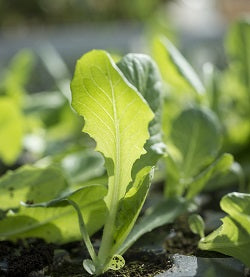
Fruit and Veg Protection Nematodes (Steinernema Feltiae/Carpocapsae mix)
From £9.00
Unit price perFruit and Veg Protection Nematodes (Steinernema Feltiae/Carpocapsae mix)
From £9.00
Unit price perStop pests attacking your fruit and vegetables with nematodes.
These multitarget parasitic nematodes target all a range of pests including; Codling Moth, Shore Fly, Sciarid Fly, Caterpillars, Root Fly, Gooseberry Sawfly, asparagus beetle larvae, wireworm, viburnum beetle larvae and more.
Sold in packs of 1 x 60 sqm, 2 x 60 sqm or 3 x 60 sqm, you can read the instructions for these nematodes HERE.
Biological controls are not always kept in stock, they are ordered in fresh. This can sometimes lead to a time lag between when you place the order and when it is despatched. Order by 10am Monday for same week despatch.
Hypoaspis (also known as Stratiolaelaps scimitus) are mobile predatory mites that feed on sciarid fly larvae and other 'soil' pests including springtails, thrips pupae, root weevils, root aphids and root mealybug. They will also control overwintering spider mites.
The mites are small, barely visible to the naked eye, and have a light brown to tan colour. They are beneficial because they feed on a variety of harmful pests, including fungus gnats, thrips larvae, root aphids, and other small insects and mites that reside in the soil. These predatory mites are particularly effective in controlling pests in the early stages of their life cycle.
When introduced into the soil or growing media of plants, the mites actively search for prey, consuming the pest larvae and eggs, thus helping to reduce their populations and prevent potential damage to crops. They are considered a safe and environmentally friendly alternative to chemical pesticides, making them a valuable tool in integrated pest management strategies.
Sold in 2 sizes, place your order by 10am Monday for delivery later in the week.
Orius laevigatus is the final frontier for fighting a Thrips infestation. We sell a mixture of 500 adults and nymphs to attack all stages of Thrips, one of the only biological control agents that is able to kill adult thrips.
Orius bugs will also feed on aphids, mites, whiteflies and moth eggs.
Orius laevigatus performs well on the majority of plants, particularly those with pollen producing flowers. Orius predators work better when contained/confined. This can be done by isolating the plants you are treating to one room and closing them in or covering the plants with netting. More about netting here
Products should be ordered by Monday 10am for despatch the same week, get in touch if you would like a different despatch day.
Finally, you can net off your fruits and veg in an eco-friendly way that doesn't generate harmful plastic waste.
Plastic-free, biodegradable insect netting. Made from plants, not petroleum.
Looks like plastic, feels like plastic, but is not plastic.
Protect your fruit and vegetables from common garden pests such as flies, butterflies and birds. The fine mesh ensures protection against even the smaller pests whilst allowing a high amount of light penetration to ensure good growth.
Shipped in recyclable packaging. InsectoNet comes as a single piece of fabric 2.1 by 5.0 metres in size that can easily be cut to size. The high quality fabric means it won't fray on the edges when cut. It lasts at least 3 years.
Use from planting until harvest, approximately April - September.
Do not use during flowering period for plants which require pollination.
Flies, butterflies and moths are often attracted to fruit and vegetable plants to lay eggs which hatch into devastating pests. If adults are kept away from plants, they cannot lay eggs. Using a fine net prevents egg laying and therefore the need to control feeding pests.
The 0.85mm fine mesh provides excellent protection against many pests including;
Cabbage Root Fly
Carrot Root Fly
Onion Fly
Cabbage White Butterfly
Pea Moth
Leek Moth
Cutworm
Thrips
Whitefly
Leaf Miners
Many common aphid species
Finally, you can effectively net your fruit and vegetables without plastic! Biodegradable, this netting is revolutionary. It looks and feels just like a plastic net, but is made from plants.
And as an added bonus you can use it as a plastic free frost fleece! It will protect from a light frost down to 2°C
A new pest control solution designed for preventative control of fungus gnat larvae and other soil-dwelling pests. This innovative formulation contains nematodes encapsulated within an organic, biodegradable, residue-free coating that release nematodes gradually into the growing media, providing long-term control.
-
Novel formulation: Encapsulated in pearl-like, biodegradable capsules for controlled release
-
Preventative control: Effective against fungus gnat and thrips larvae and some other soil pests
-
Extended storage life: Maintained for more than 8 weeks.
-
Environmentally friendly: Made from organic, food-grade materials with zero microplastics, meaning it dissolves without residues.
-
Water-efficient: Uses significantly less water than traditional nematode applications
Formulation
Capsule structure: The capsule is made up of a liquid core containing active nematodes which are surrounded by an alginate coating. This shell maintains the internal moisture of the capsule which ensures nematode survivability.
Slow release: The coating gradually becomes permeable after approximately one-week post-application, allowing the nematodes to migrate into the surrounding soil and actively seek out the pests.
Extended action: Slow release of nematode into the soil allows for almost double the duration of control compared to traditional nematode applications.
How to apply
Insert capsules into the compost. You can do this while repotting or planting but you can also apply by poking a hole in the compost.
Rate: One package of 200 capsules is enough for 20 pots with 12cm diameter or 8 pots with 20 cm diameter. The product can be kept in the fridge, check the pack for use by date.
Thrips Prevention - Thrips are very difficult to reach with chemical sprays but Amblyseius predator mites are small enough to find and eat them, release early as they control the first stages of the Thrips lifecycle.
Use indoors, all year round.
Use outside, introduce the Amblyseius in mid-May, or earlier where temperatures are constantly warm. Amblyseius will survive on pollen from flowers until the young thrips start to appear and provide them with a preferred diet, thus preventing an infestation from taking hold.
This product should be used in prevention of an outbreak so either around the time that you normally see Thrips or at the very first sign that they are present. If you already have a Thrips problem then please check out our other products for Thrips as you will need something that also controls the adult stage.
Biological controls are not always kept in stock, they are ordered in fresh. This can sometimes lead to a time lag between when you place the order and when it is despatched. Order by 10am Monday for same week despatch.

